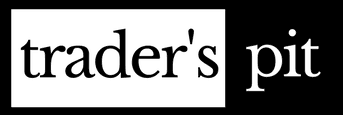Hey,
Trader’s Pit is constantly working to improve your trading edge and be profitable. There is no holy grail. Which means learning is ongoing and always.
This means, the views are all a hypothesis and can change. What doesn’t change is the fundamental way of approaching trading and the share market as a whole.
I share my thoughts usually once a week in our free newsletter – you can sign up here for this 2-3 min read by clicking below:
Along term being a short and medium trader, I am also a long-term investor. I like to stay invested for as long as possible.

Best of Trader’s Pit

Trader’s Pit
I am Rohit – the man behind Trader’s Pit.
I am in the stock market as trader and long term investor since 2008. I was an active portfolio manager till 2018. Took a break and then started working on traderspit.in
Trader’s Pit is a financial education blog with a focus on fin-tech, investing & overall stock market.
